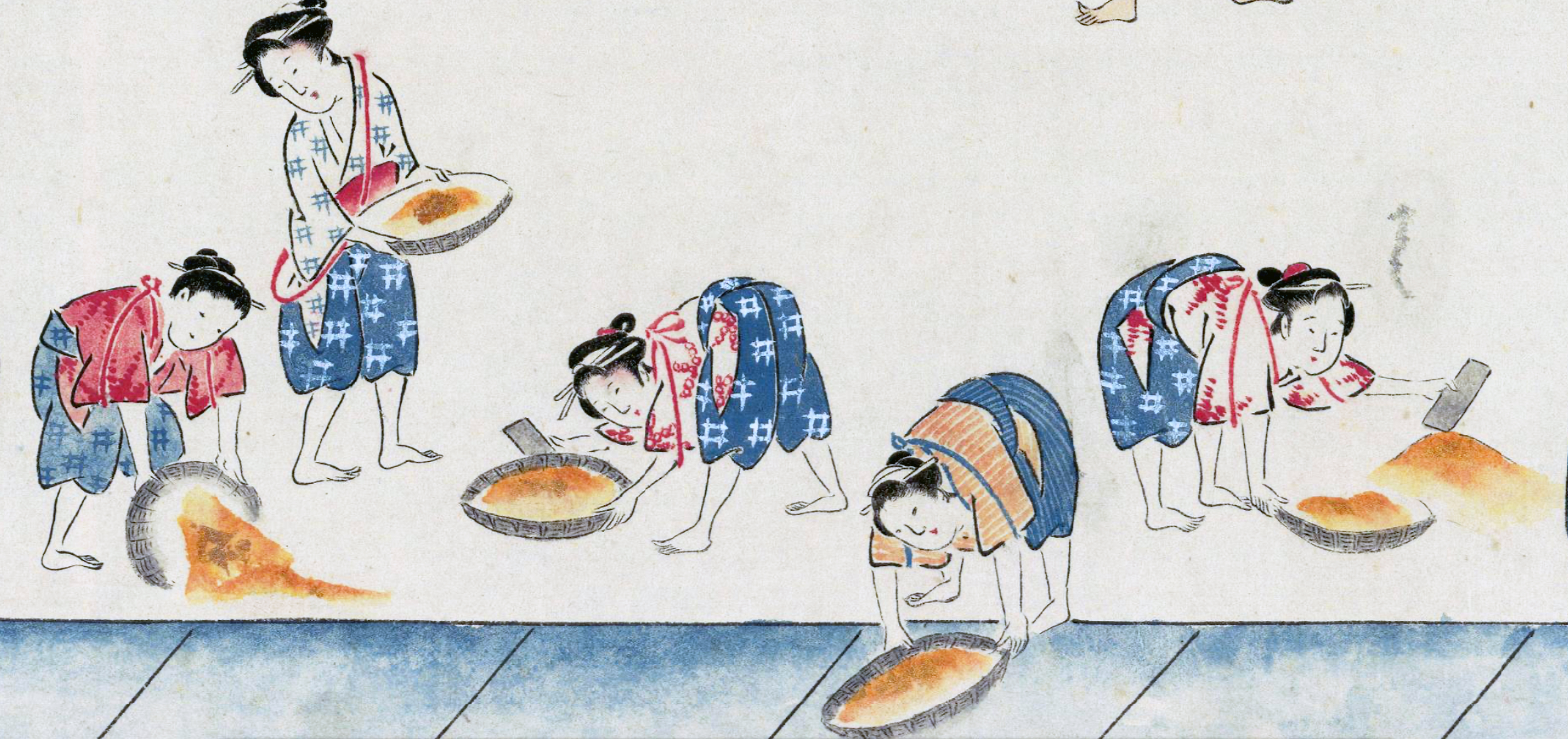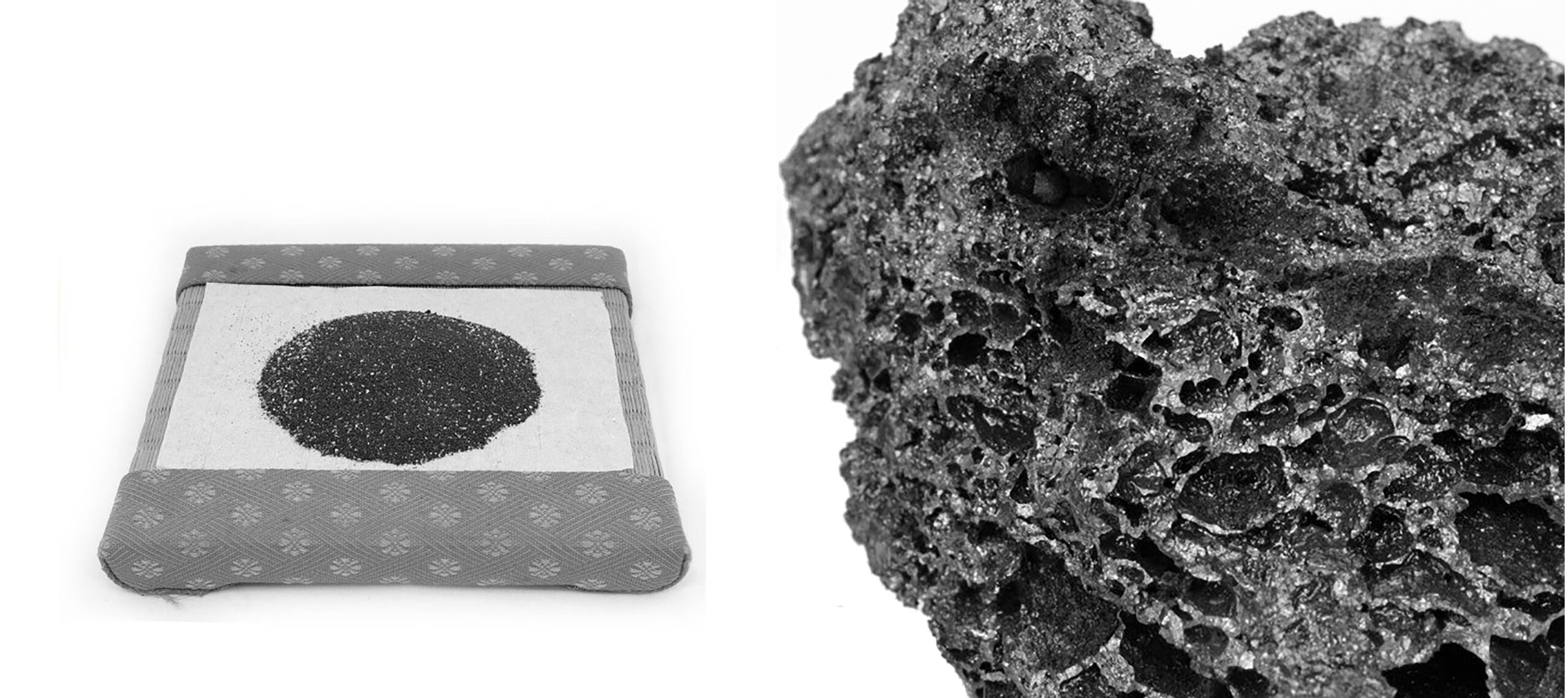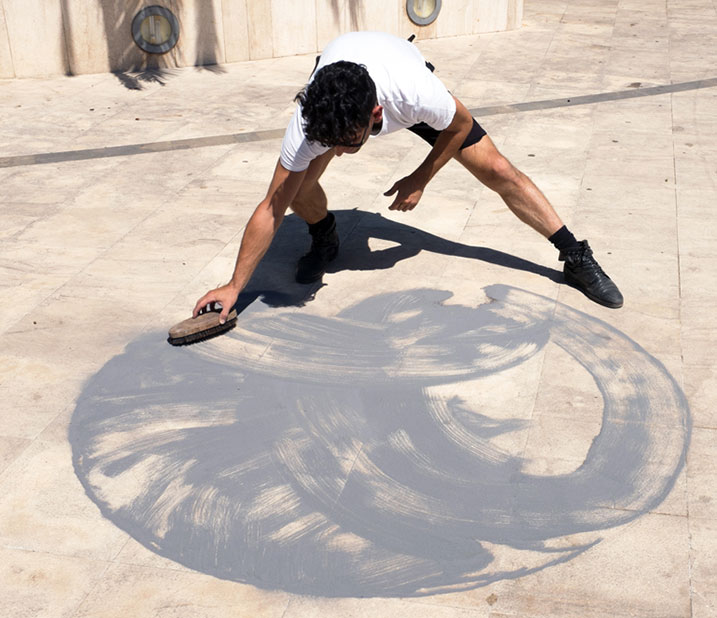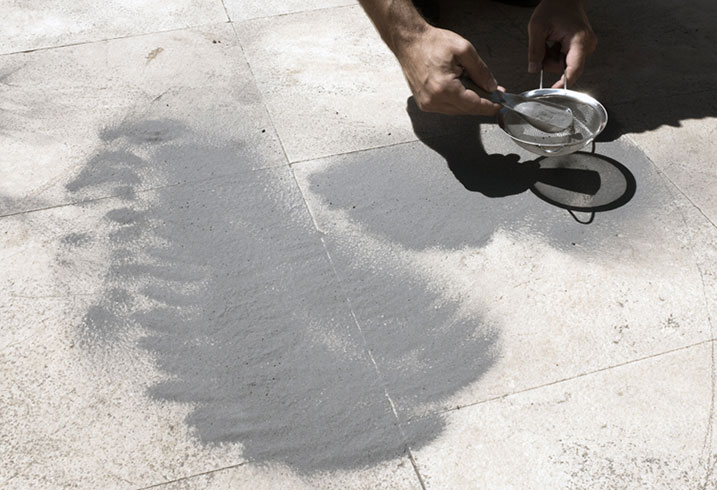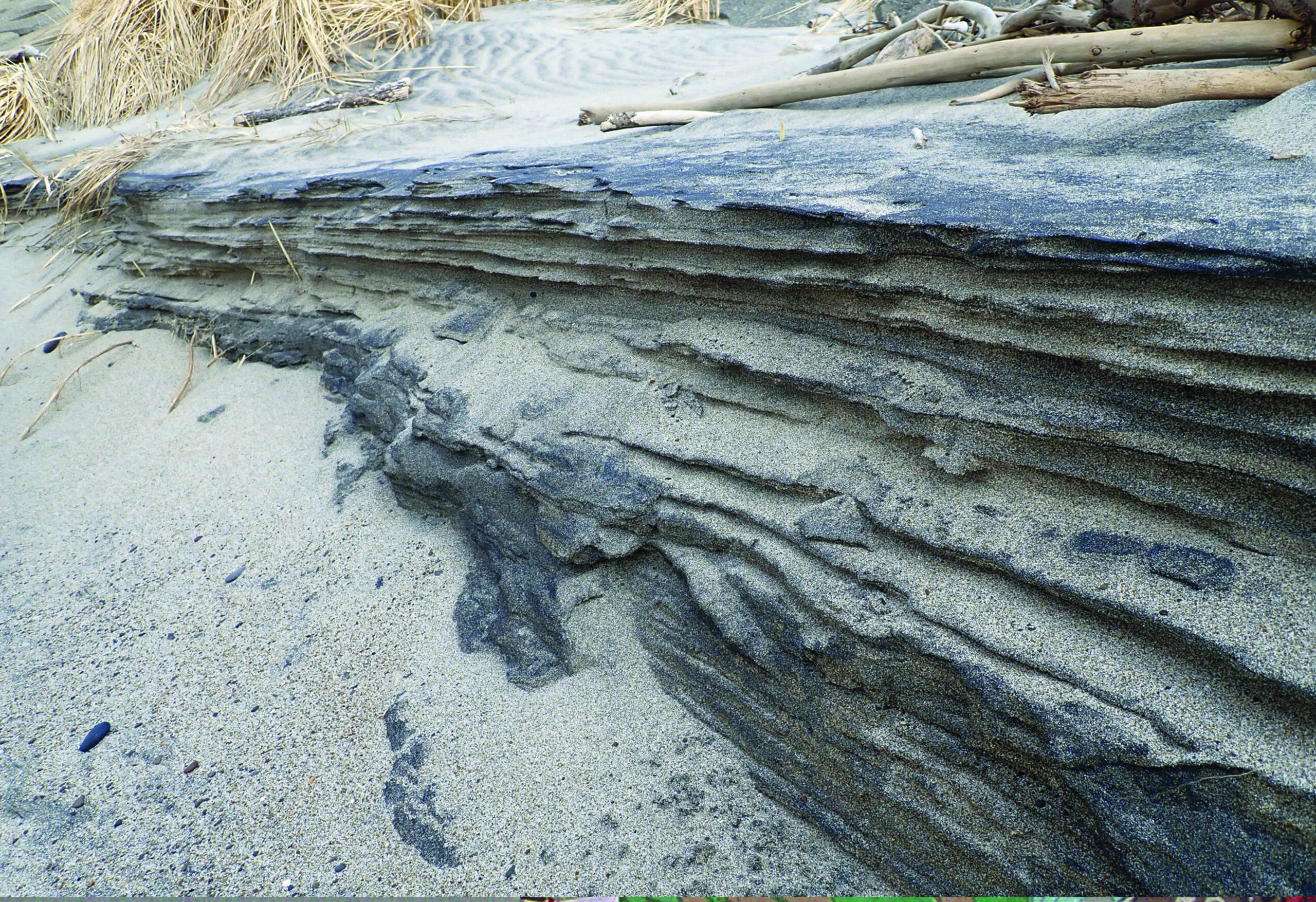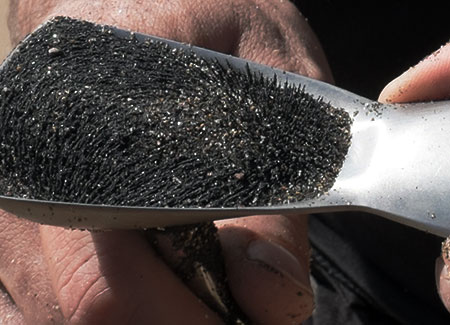PURE GREY.
IRON POWDER, PATA-ARCHEOLOGY.
2016, 2017.
Iron dust collected in the Sardinia west coast beaches after a storm.Video and photo documentation Carmine Piras talk on his research in experimental archeology. 15Min. Ephemeral installation gray point cercle with pure iron powder. 150cm Ø
Description: An experimental archeology verification procedure about find pure grey as iron powder in the sardinia beaches after a stormy night.
Robert Morris justified his choice of medium gray for his work Untitled (Corner Piece) and Untitled (L-Beams) ‘64: “(…) Obviously things exist as colored. The objection is raised against the use of color that emphasizes the optical and in so doing subverts the physical. The more neutral hues, which do not call attention to themselves, allow for the maximum focus on those essential physical decisions that inform sculptural works(…)“ .Deleuze talk about the gray-point theory in his lectures on painting (7), the more I listened to the lesson about Paul Klee, the most the logic of my choice became clear. Deleuze point the grey as an initial chaos, a needed first fecond disorder. I immediately felt the possibility of a solid starting point for my new work and the companions was pleasant. It was not too hard to get this kind of gray color with acrylics, but I had the impression that I can still go closer to my goal if I could get an extremely matt surface. In the search for pigments that corresponded to this gray I came across a gray powder pigment found on Ebay.de, surprise: it was pure iron and it seemed immediately my Middle Gray. I found myself playing with a material almost impalpable, made of tiny, identical particles. Somehow I felt the need to be able to find the iron powder directly in nature. To reduce the distance between the origin of the material and my artistic acts. I found interesting precedents: Japanese metal forging craftsmen used the pure iron powder (satetsul); found on beaches to build their Katana swords. This needed to be purified into a new form to produce iron (Fe2) and carbon dioxide (Co2). Such sand is loaded into a huge clay kiln called tatara, which burns for 24 hours for about 5 days. The melted sand turns into stone like chunks (tamahagane) which are then sorted according to the carbon contents and chemical impurities. Moreover, I discovered that in Sardinia an experimental archaeologist had already theorized how pure iron was extracted from the sand in the Nuragic Age. What a coincidence for a work based on origins. Even more, considered my own Sardinian heritage. Carmine Piras, sculptor and experimental archaeologist, has hypothesized that black sand (during storms, sea waves deposit iron particles on the beaches of Sardinia‘s west coast) was collected to get a ferrous paste further transformed into utensils. The iron powder path led me to try to retrieve it in the Sardinian beaches: Pata Archeology was born as a verification procedure that uses the typical tools of experimental archaeology practices. The basis of this experiment are a survey on limits of scientific research and creative properties of the absurd and nonsense typical of pataphysics.
